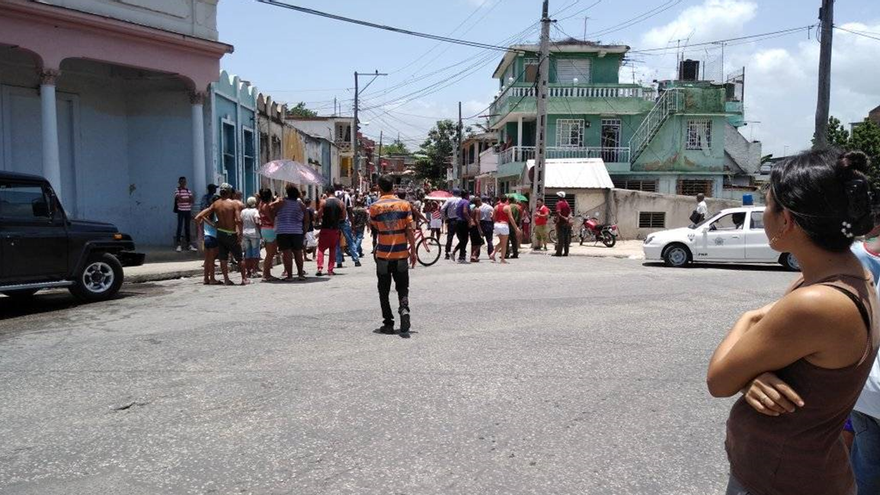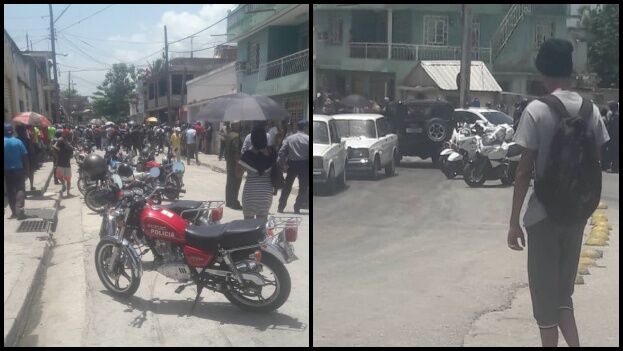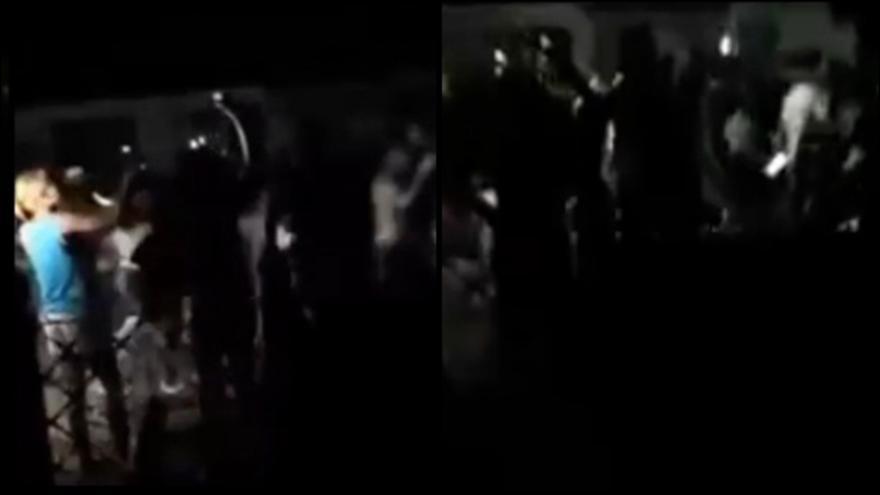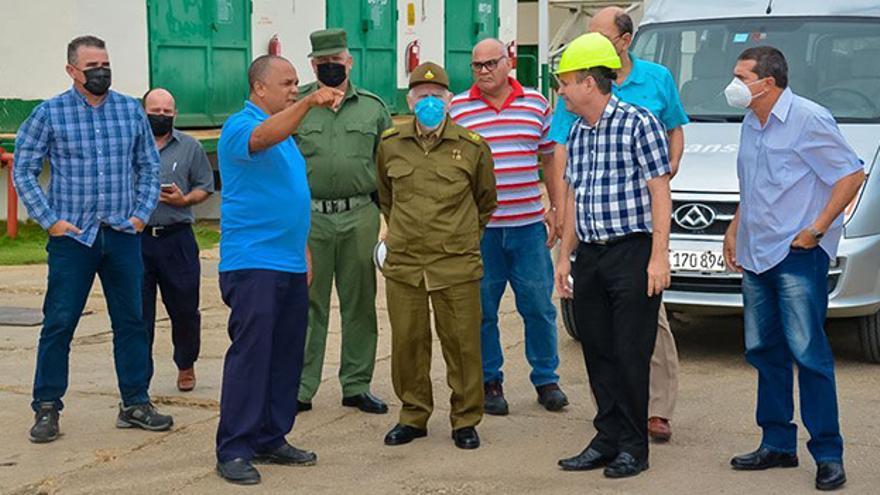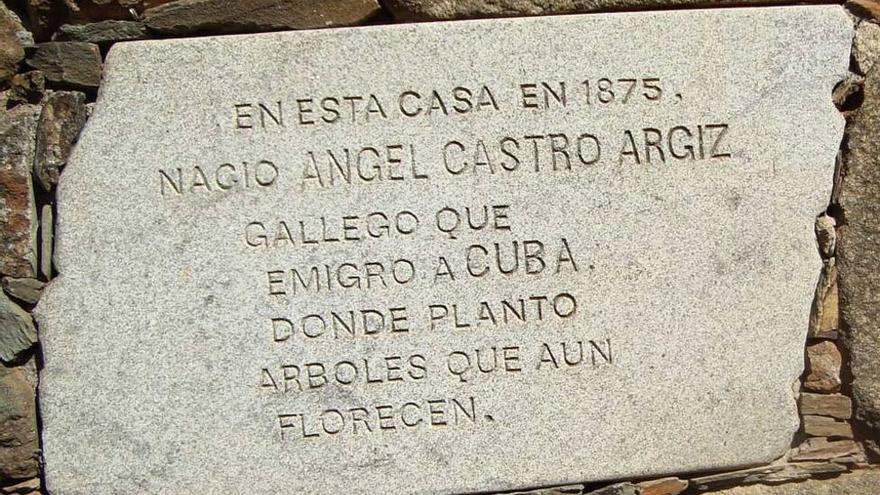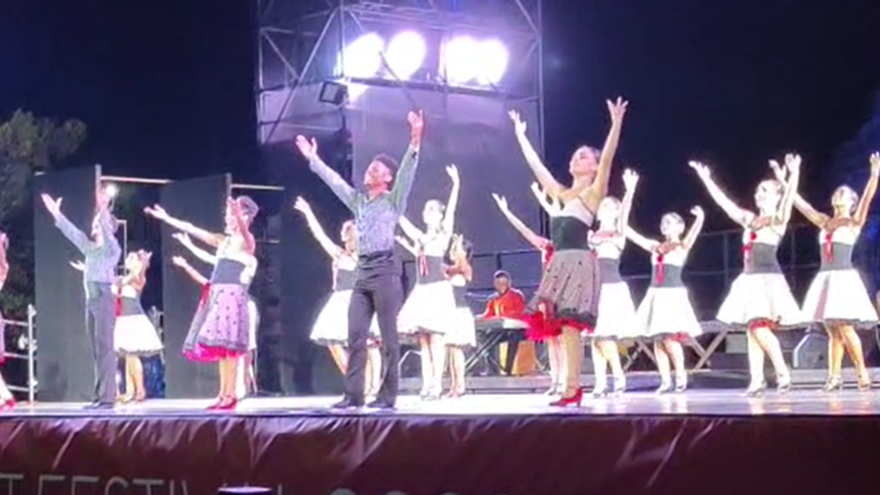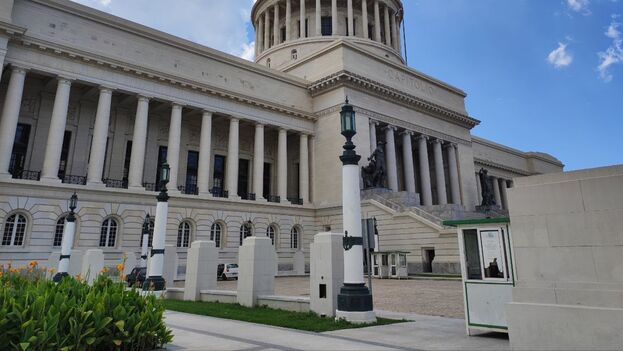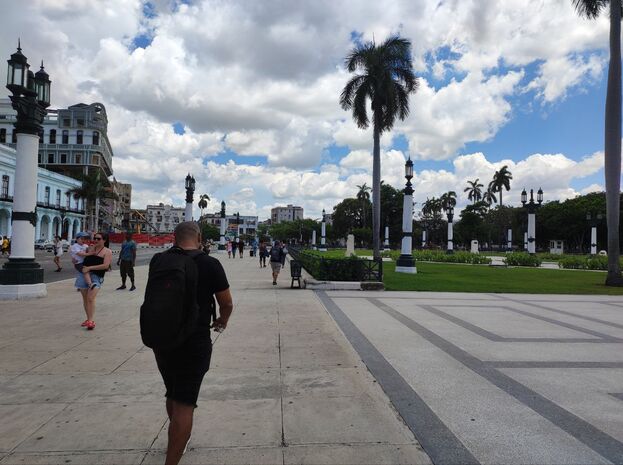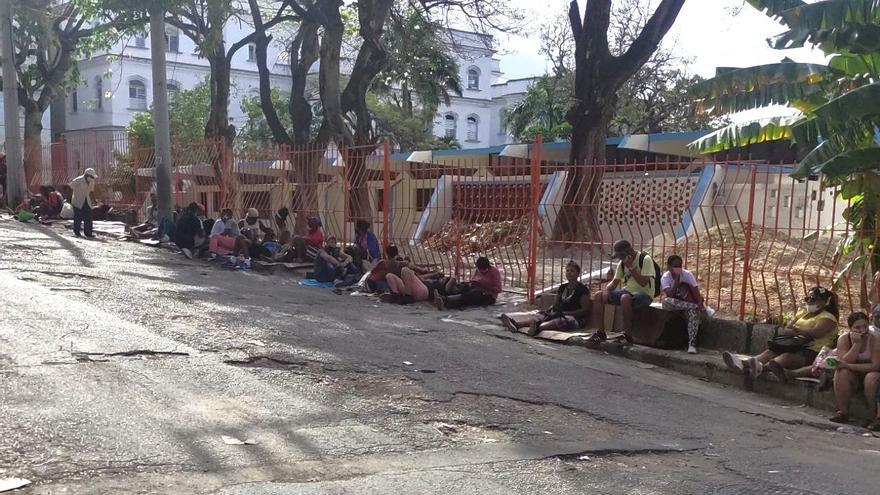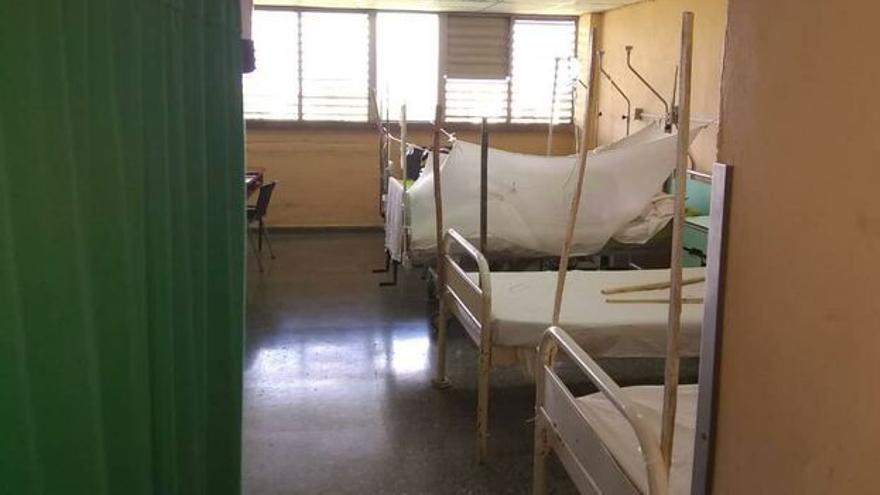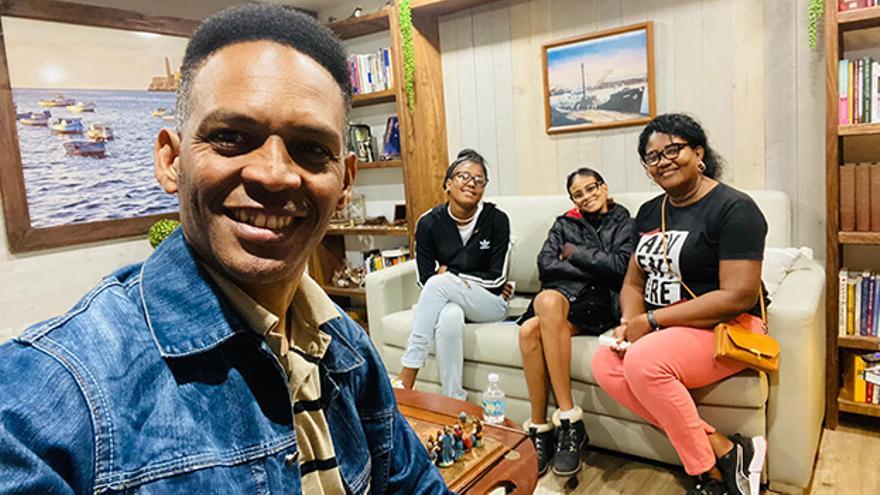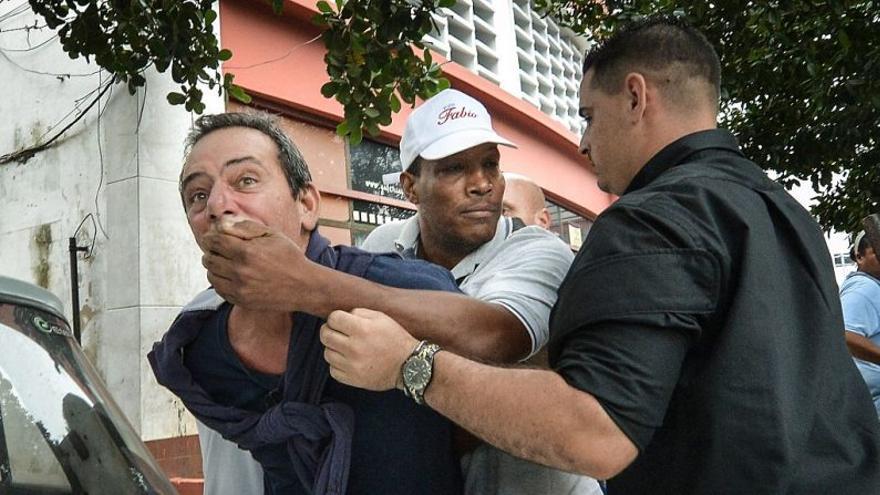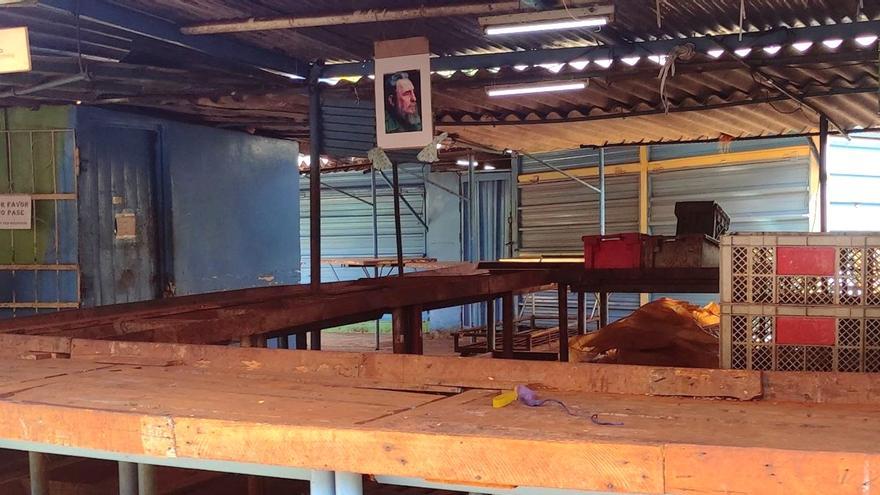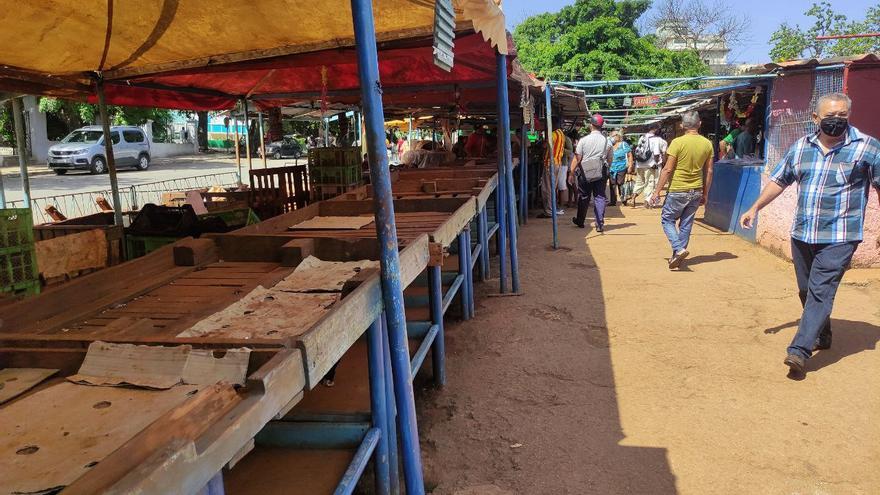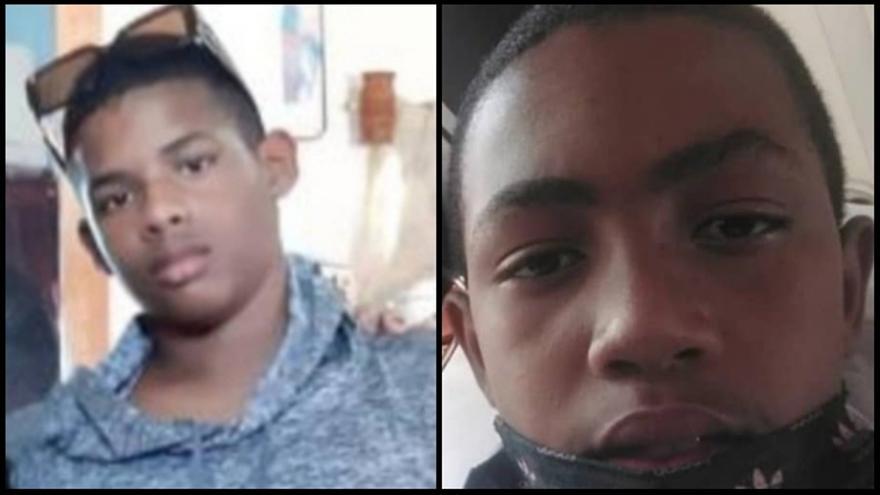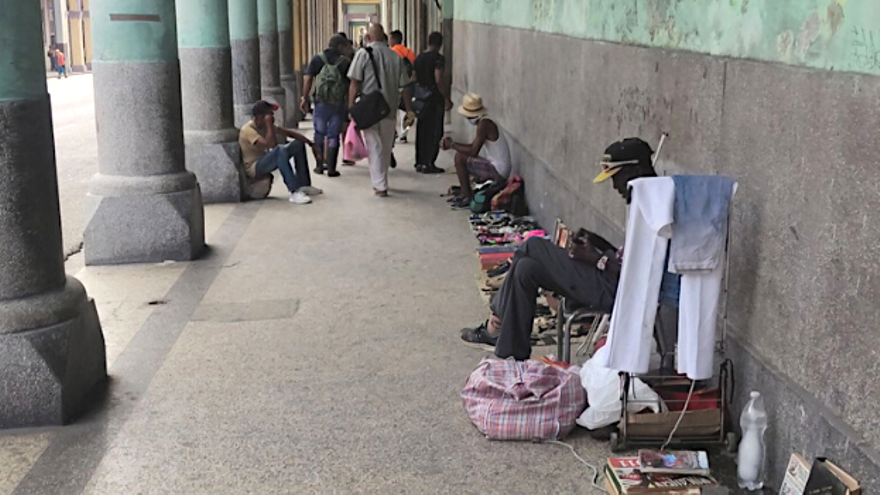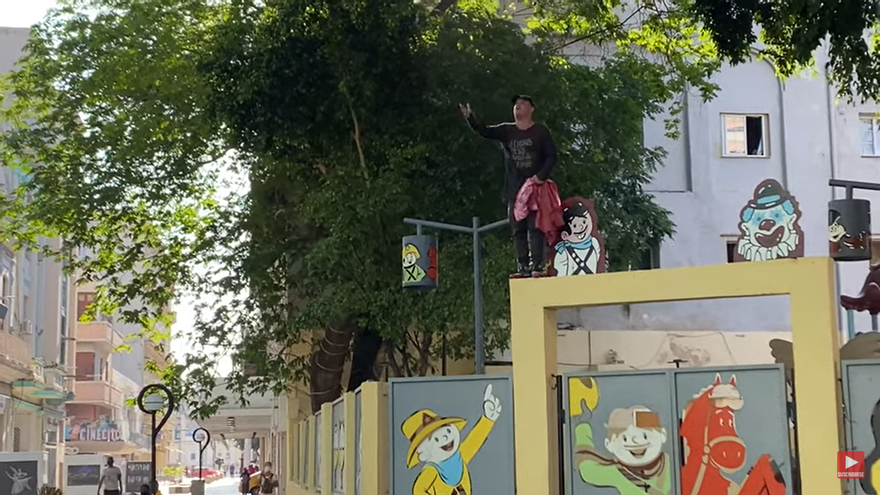
![]() 14ymedio, Madrid, 27 July 2022 — The Municipal Court of Cienfuegos reversed its decision to release Carlos Ernesto Díaz González (known on social networks as Ktivo Disidente) on bail, and in prison since last April 28. His offense: he climbed a wall on the boulevard of San Rafael in Havana to claim the freedom of Cubans.
14ymedio, Madrid, 27 July 2022 — The Municipal Court of Cienfuegos reversed its decision to release Carlos Ernesto Díaz González (known on social networks as Ktivo Disidente) on bail, and in prison since last April 28. His offense: he climbed a wall on the boulevard of San Rafael in Havana to claim the freedom of Cubans.
According to Diario de Cuba, which quotes a friend of the activist, the magistrates had decided to grant release from prison after payment of 10,000 pesos as bail, but the Prosecutor’s Office rescinded the measure and managed to get the court to rectify it.
“The lawyer has done everything possible to free Ktivo. He requested a habeas corpus procedure in mid-July and the Court scheduled a hearing which the Prosecutor’s Office did not attend and to which they did not take Ktivo. In other words, they totally failed to comply with that procedure,” Manuel Gómez told the independent newspaper.
The man from Cienfuegos is accused of “defamation, disobedience and contempt” and a new habeas corpus hearing is scheduled for this Thursday the 28th, after the one on Friday the 22nd was frustrated.
Keilylli De la Mora Valle, a member of the Patriotic Union of Cuba and a friend of Ktivo, told Martí Noticias in an interview that the lawyer had been waiting in court for four hours on the 22nd when they told him that the hearing was being postponed. “The detainee had no knowledge that they were going to transfer him to court that day, which shows the obstacles and the lies the authorities use to keep him locked up,” she said.
Díaz González is imprisoned in the Ariza prison, in Cienfuegos, where he has received, according to his relatives, mistreatment by officials. At the beginning of June, the artist Luis Dener released a video in which he recounted that five agents took him handcuffed out of the punishment cell where he was, after several days on a hunger strike, and beat him and threatened him, ultimately leaving him with the common prisoners, who allegedly continued to attack him. continue reading
The activist also refuses to wear prison clothes and claims his status as a political prisoner.
Ktivo Disidente demonstrated on December 4, 2020 to demand the freedom of Luis Robles, known as the man with the banner. Later he joined the Archipiélago collective and was arrested in November 2021, the day before the Civic March for Change, for putting up protest posters in Cienfuegos.
But his entry into prison finally took place after the iconic protest that he staged on the Havana wall from which he shouted: “There must be no violence, there must be no bloodshed, but they have to let us participate in the political life of the country. The one who is a communist should be, but the one who should not be respected,” he said, while passers-by recorded it on their cell phones. Finally, several agents sent to the place lowered him from the heights and took him to a police station. Shortly after, he was transferred to Cienfuegos, where he awaits trial.
____________
COLLABORATE WITH OUR WORK: The 14ymedio team is committed to practicing serious journalism that reflects Cuba’s reality in all its depth. Thank you for joining us on this long journey. We invite you to continue supporting us by becoming a member of 14ymedio now. Together we can continue transforming journalism in Cuba.

